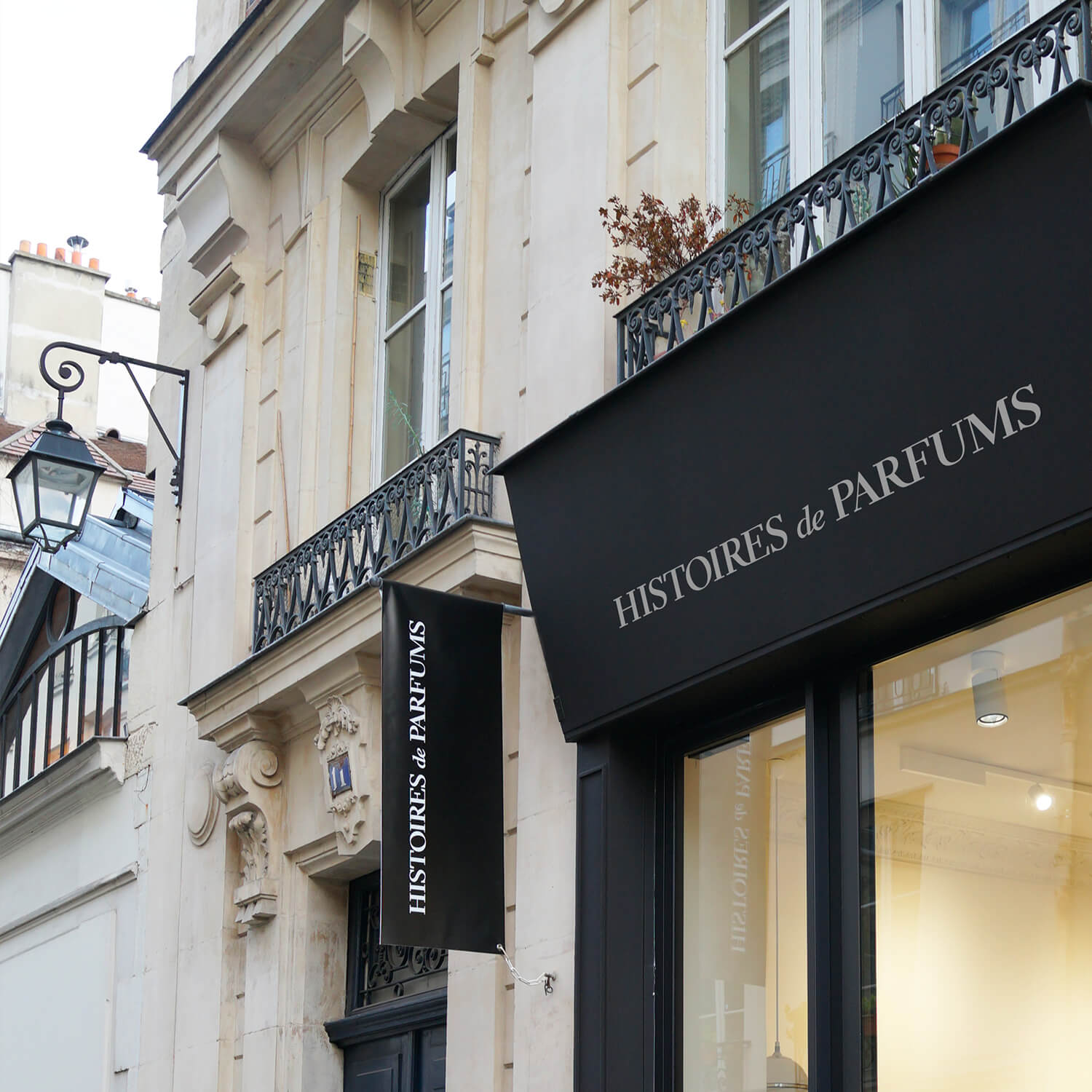Bergamot

From the Turkish berg-amadé (the sire's pear), bergamot was created in the XIV-XVth century, by crossbreeding bitter orange trees with lemon trees. The fruit was introduced to Europe through cultural encounters with the East. However, its bitter and acidic taste leaves it inedible. Its fragrant zest can nonetheless be used in baking or in other dishes, but it is mostly used in the production of essential oils.
While it is widely used, bergamot remains a mystery for scientists who cannot pinpoint its botanical origins with certitude... The bergamot tree does not naturally exist, and if we plant a bergamot seed, a bitter orange tree will grow. It must thus systematically be grafted.
The bergamot has another distinct characteristic, which is that its production is geographically limited: 90% of the global production comes from the southern region of Calabria, on a field of about 1500 hectares. A couple of plantations exist in Brazil, Morocco, the Ivory Coast, but none can compete with Italy's production. This geographical preference is due to the region's microclimate and soil. But yet again, there is no concrete evidence to support this idea.
To extract the essential oil, it is necessary to use the method of extraction by pressure. The bergamot is placed in a drum with abrasive walls that grate the fruit's zest. The remnants of this process are then filtered to separate zest from liquid. The water and oil are then separated in a centrifuge. You need 200kg of fruit to make 1kg of essential oil (which yields about 0.5%).
Since the 1990's the production of this essential oil has become heavily regulated because bergamot contains bergapten, a photosensitive substance that requires a chemical process to be extracted.
In perfumery, bergamot was used for the first time in a cologne formula in 1750. It's a fragrant scent whose acidic, fresh and lightly floral hints make it one of the most widely used ingredients in eau de cologne.
In food flavorings, bergamot is mainly used in earl grey tea, but also in certain specialty dishes such as Nancy's bergamots.
In aromatherapy, it is used for its anti-stress properties, to aid with digestion, and blood circulation.





Leave a comment
This site is protected by hCaptcha and the hCaptcha Privacy Policy and Terms of Service apply.